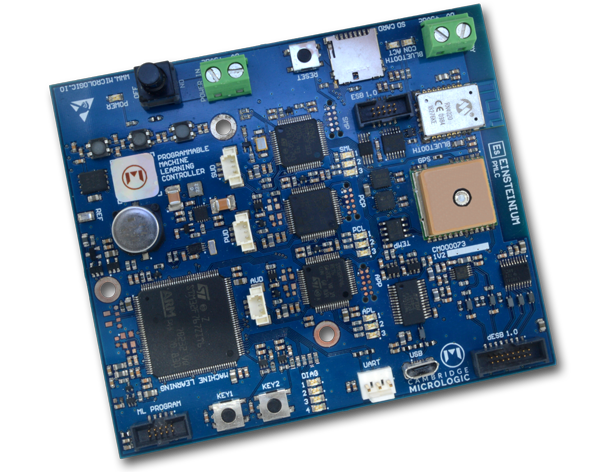MACHINE LEARNING FOR ELECTRONIC SENSORS
What we do
Our machine intelligence technology predicts unexpected technical-hardware problems
INDUSTRY 4.0 IoT
Predict technical-hardware failures
Equipment Calibration retention
Active maintenance schedule
Increase productivity
Smart warranties
Reduce costs
How does it work
DOWNLOADS
White papers, technical notes and use studies
NEXT GENERATION TECHNOLOGY
Schematic design and programming guides
Low-power consumption electronics
Simplified third-party integration
Electromagnetic compliance
MACHINE INTELLIGENCE
Specialised solutions for temperature and vibration sensors
NEWS AND UPDATES
Get in touch
Address
Cambridge Micrologic Limited
Eagle Lab
28 Chesterton Road
Cambridge
CB4 3AZ
Great Britain






